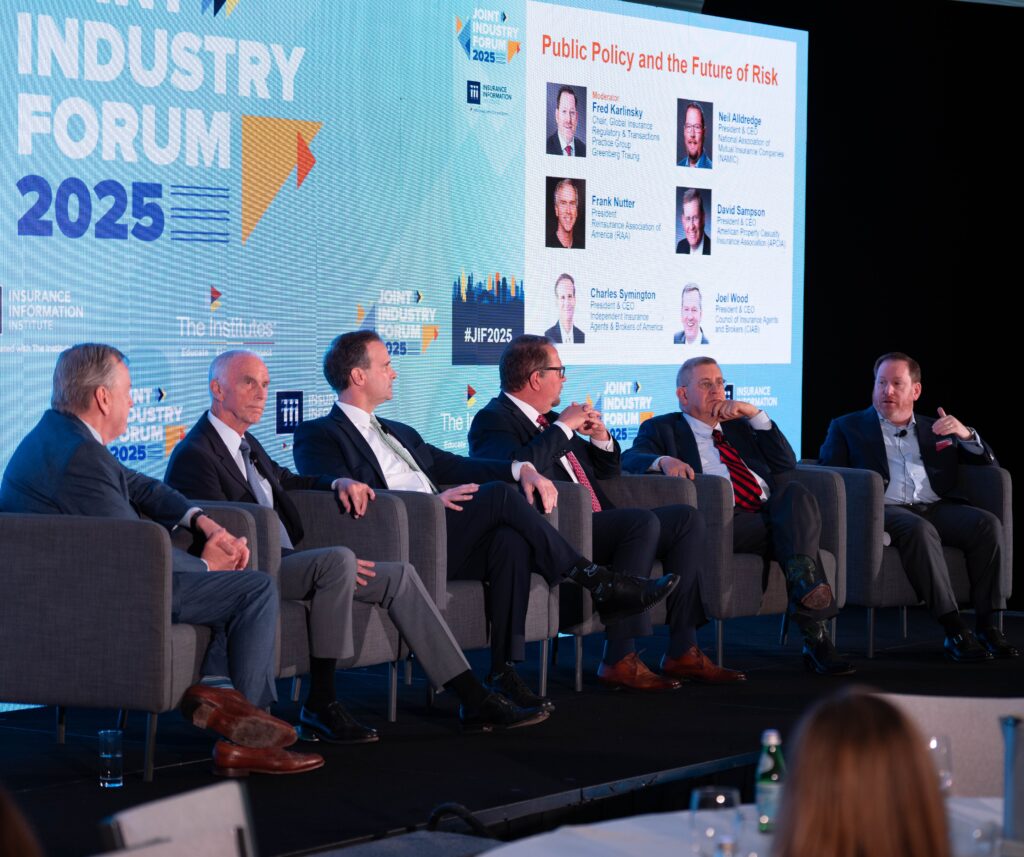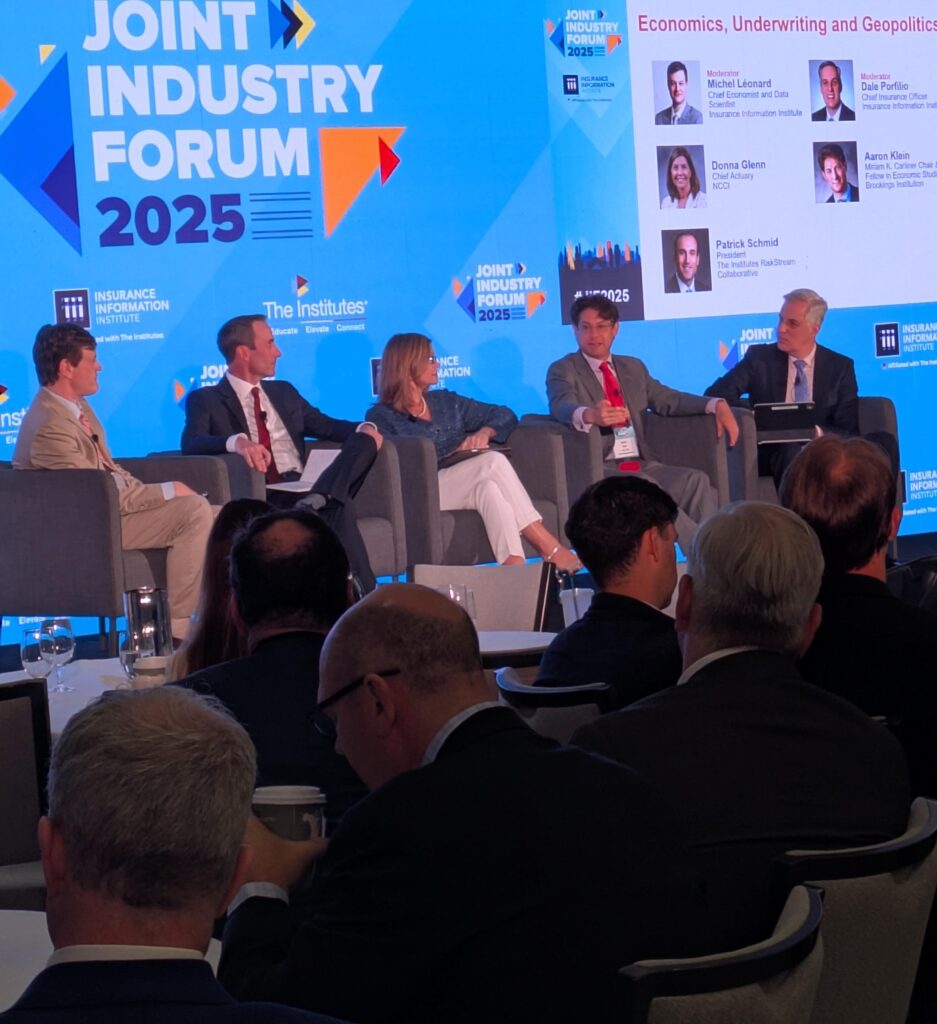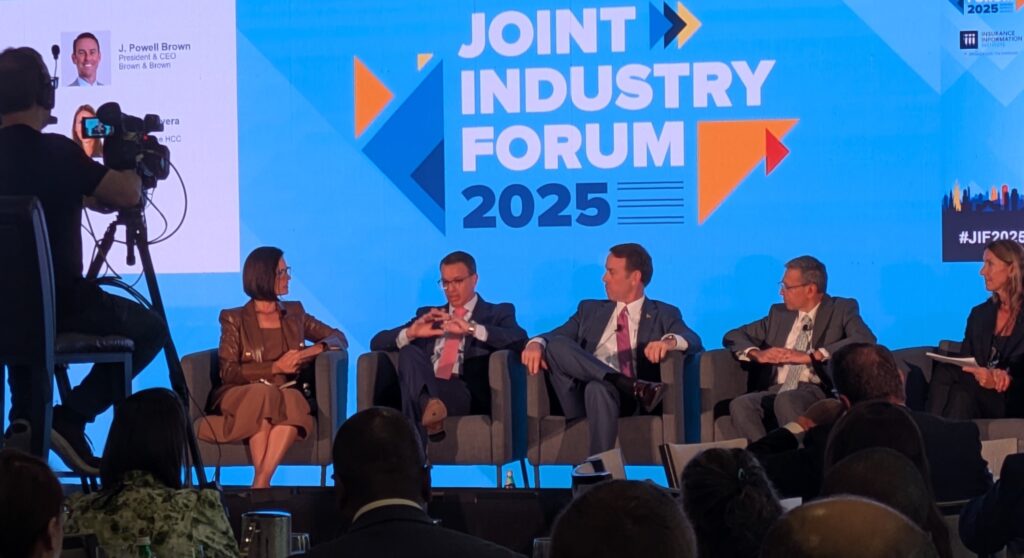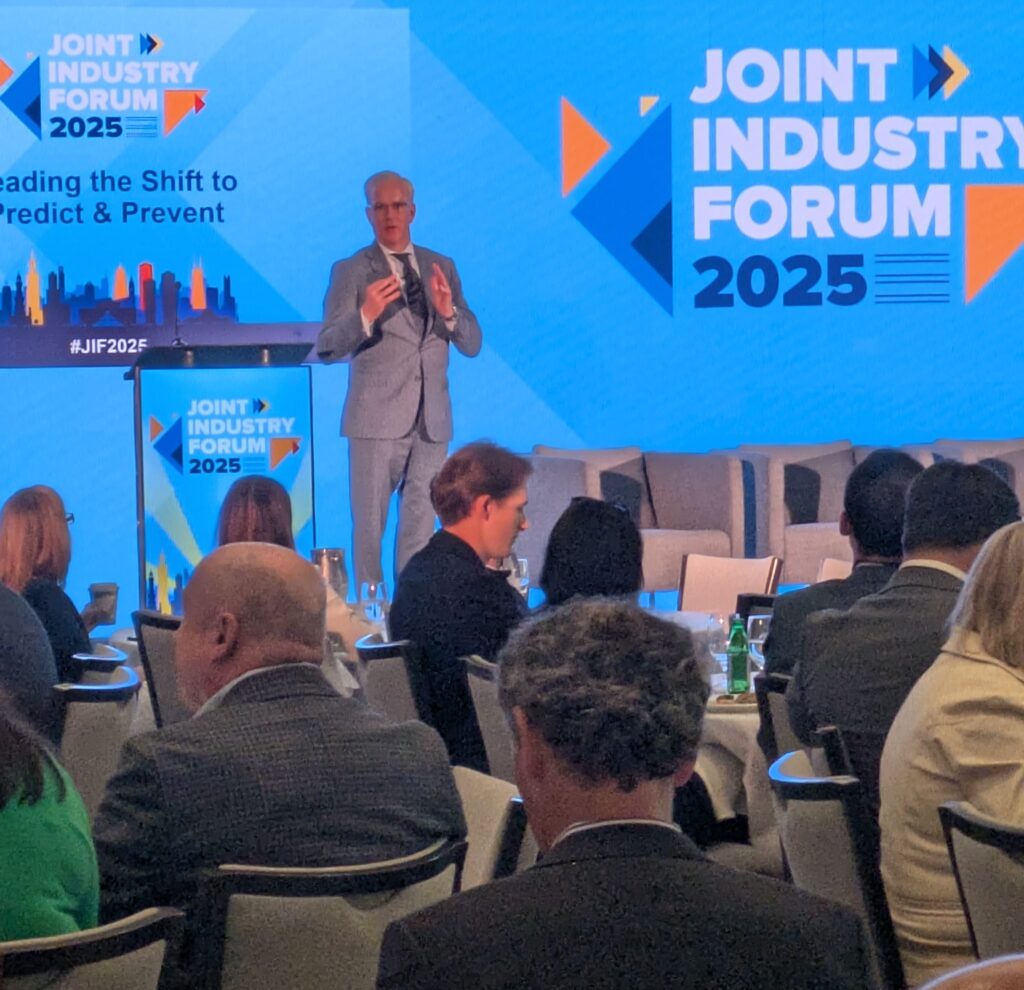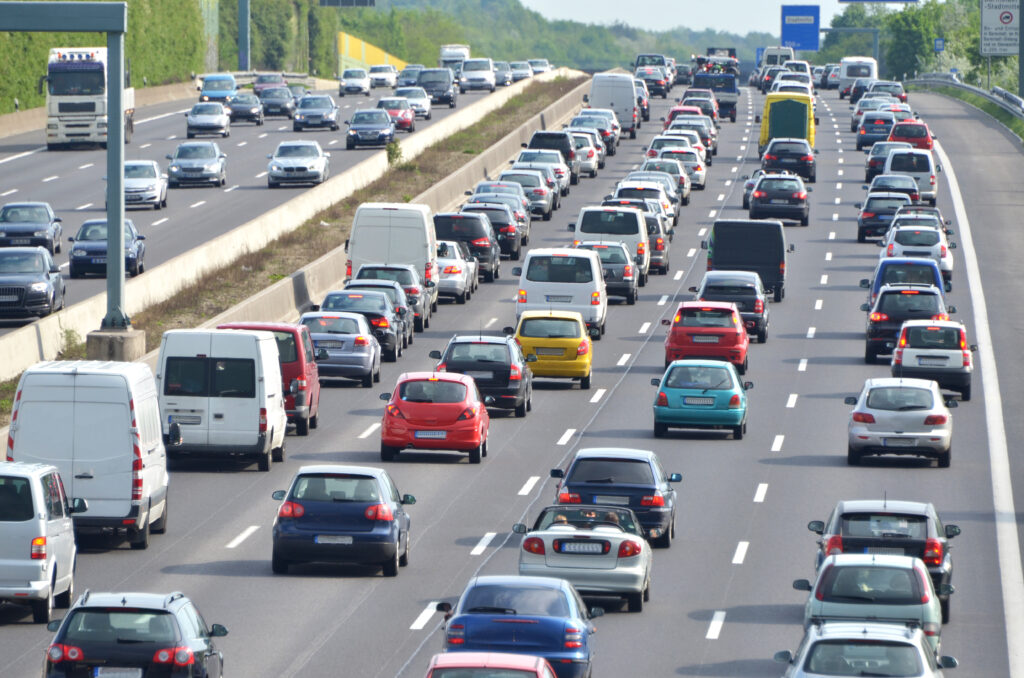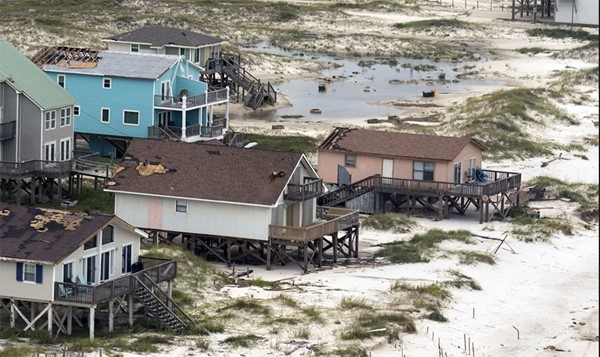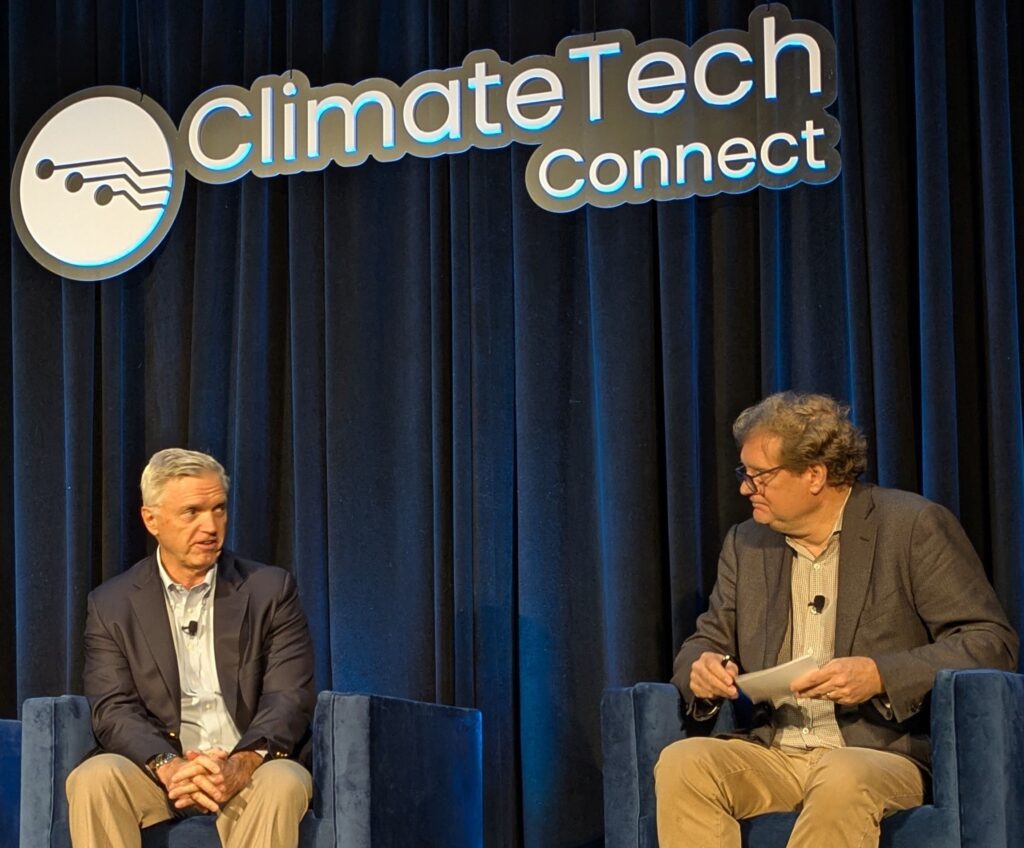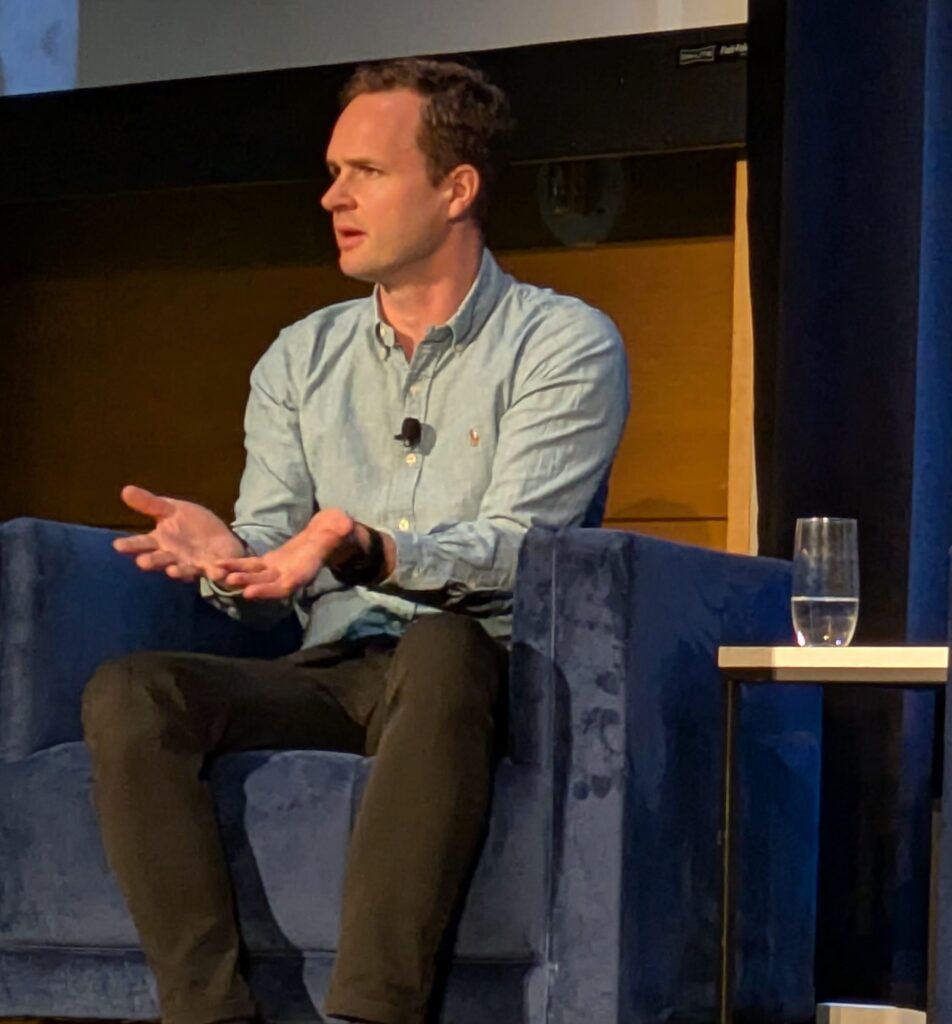By William Nibbelin, Senior Research Actuary, Triple-I
The U.S. property/casualty (P/C) insurance industry is entering the latter half of 2025 with a nuanced underwriting landscape, as revealed in the latest “Insurance Economics and Underwriting Projections: A Forward View” report from Triple-I and Milliman. While personal auto continues to be a strong performer, the general liability sector is grappling with persistent profitability concerns.
Industrywide Trends
The overall industrywide net combined ratio (NCR) for 2025 is forecast at 99.3, a 2.7-point increase from 2024. Despite some line-specific challenges, a broader return to profitability is anticipated in 2026. The overall Net Written Premium (NWP) growth rate for 2025 is projected to be 6.8 percent, a decrease of 2.0 points from 2024, marking the lowest growth since 2020. Personal lines growth is expected to outpace commercial lines by 1.5 percentage points in 2025, though this gap is predicted to narrow by 2027.
Economic Influences
Michel Léonard, Ph.D., CBE, chief economist and data scientist at Triple-I, highlighted the resilience of the U.S. economy and the P&C industry amidst tariffs and trade uncertainty.
“The insurance industry’s economic growth drivers continue to outperform overall U.S. GDP growth,” he stated. However, Léonard cautioned that revised economic data for the first half of the year might paint a weaker picture of the U.S. economy, potentially leading to more widespread concerns of contraction or even recession heading into the fall.
He also noted, “With inventories running low, their depletion will now accelerate inflation and slow growth for the rest of the year.”
Léonard pointed out that price increases due to tariffs and other economic factors have been most severe for personal auto, with used car and truck prices increasing by 7.7 percent in the first half of this year. The P&C industry typically lags the broader economy by one to two quarters, suggesting that a potential broader economic contraction could impact the industry starting in Q1 or Q2 of 2026.
Personal Lines Underwriting Performance
Personal auto continues to be a robust area, with a forecast 2025 NCR of 96.0. This is approximately 1 point higher than 2024, but the line remains on track for continued profitability.
Homeowners insurance, however, faced significant challenges in Q1 2025 due to the Los Angeles wildfires earlier this year. The Q1 2025 Loss Ratio for homeowners was the worst first-quarter experienced in over 15 years and the worst of any quarter since Q2 2011.
Commercial Lines Underwriting Performance
Jason B. Kurtz, FCAS, MAAA, a principal and consulting actuary at Milliman, noted that commercial auto is forecast to remain unprofitable from 2025 to 2027, despite an estimated double-digit NWP growth in 2025.
Commercial Property with a forecast 2025 NCR of 88.3 remains profitable while 5.5 points over 2024. Strong premium growth from 2021 through 2023 contributed to profitability in the two most recent years, but there’s been a significant slowdown with premiums growing just 4.2 percent for Q1 2025. Commercial Multi-Peril swung to profitability in 2024 after combined ratios above 100 dating back to 2016. However, poor Q1 2025 results are driving a forecast 2025 Net Combined Ratio of 101.0.
The general liability line continues to be a source of profitability concern. The Q1 2025 General Liability Loss Ratio was the second worst first quarter in more than 15 years, showing less than a 1-point improvement from Q1 2024. For general liability, he stated, “the NCR is expected to improve in 2026-2027 but remain unprofitable. It is worrisome that the 1st quarter 2025 direct incurred loss ratio was only marginally improved relative to the 1st quarter of 2024, and that these two results are the highest first quarter loss ratios in more than 15 years. On a positive note, premium growth does appear to be picking up.”
In contrast, workers compensation continues its strong performance. Kurtz highlighted that the forecasted 2025 NCR of 90.6 represents a 1.0-point improvement from prior estimates, as the Q1 2025 Loss Ratio was the lowest in over 15 years. Stephen Cooper, Executive Director and Senior Economist at the National Council on Compensation Insurance (NCCI), commented on the labor market’s impact, stating, “While employment has been concentrated amongst fewer industries, the labor market has shown resilience and continued strong payroll growth for workers compensation.”
He also added, “With economic uncertainty elevated and recession concerns resurfacing, consumer behavior will be important to watch.”
*Note: Insurance Economics and Underwriting Projections: A Forward View is a quarterly report available exclusively to Triple-I members and Milliman customers.


